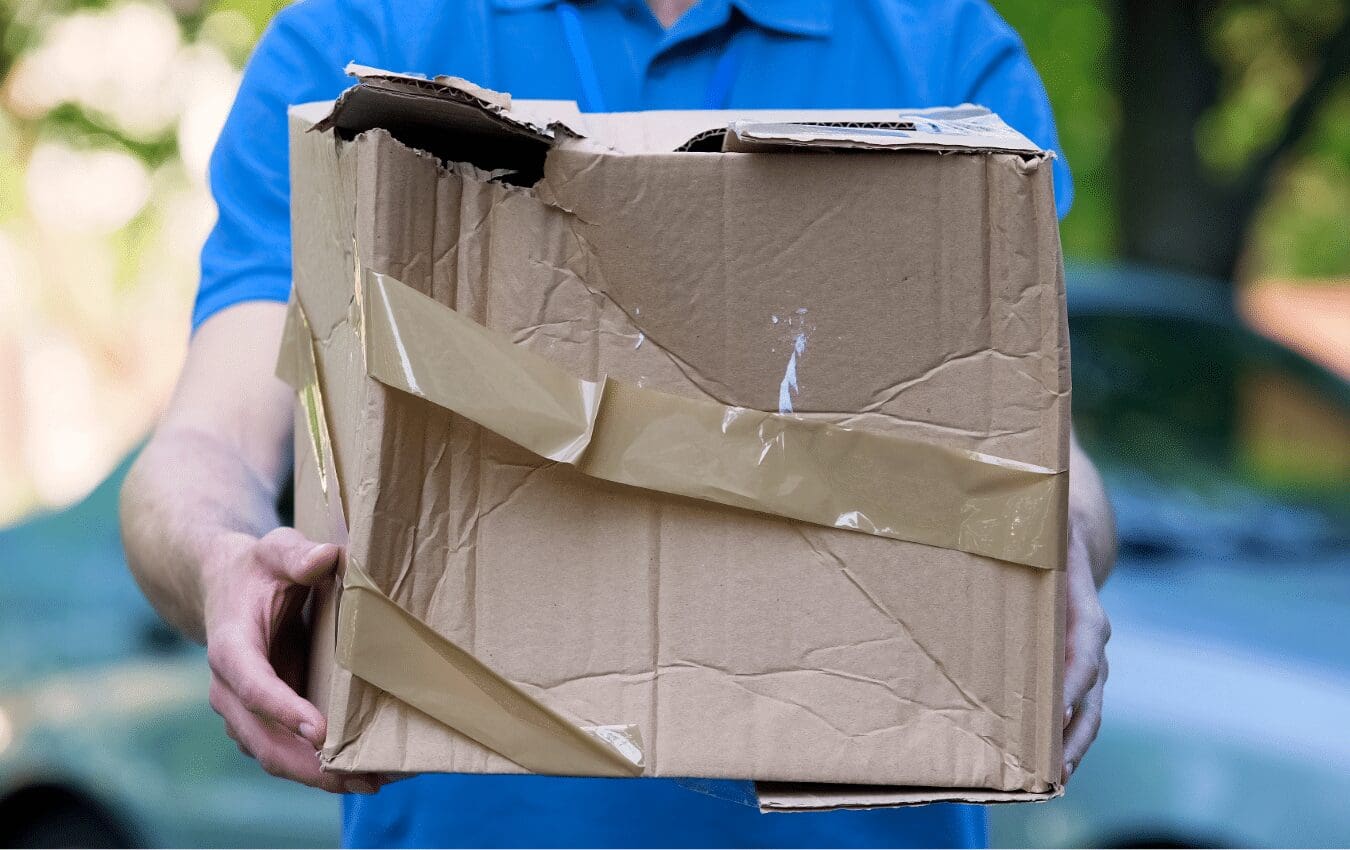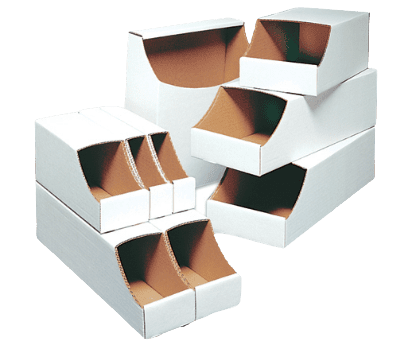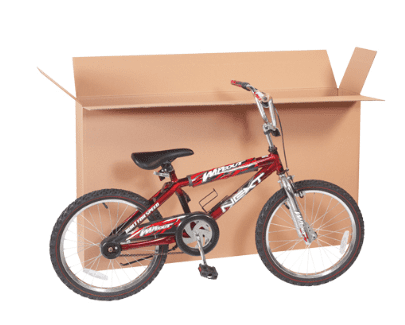Home » How to Engineer Corrugated Packaging for Automation
How to Engineer Corrugated Packaging for Automation
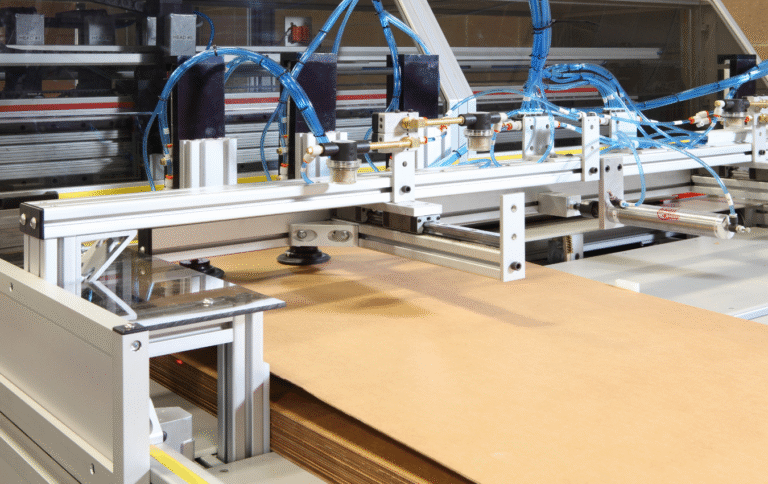
Why Packaging Automation Compatibility Matters
As more fulfillment centers, contract packagers, and manufacturers turn to automation, packaging that isn’t compatible with machinery becomes a costly bottleneck. From misfeeds on case erectors to jams in packing stations, poorly designed corrugated boxes slow down operations, increase error rates, and limit throughput. For high-volume brands and logistics operations, automation-compatible packaging isn’t optional—it’s a core part of the system.
Common Points of Failure with Corrugated in Automation Systems
Automation often fails not because the equipment is faulty, but because the packaging isn’t designed for machine handling. Common issues include:
- Poor dimensional tolerance: If the box flaps don’t align cleanly, case erectors and tapers will jam.
- Low board rigidity: Boxes made from lightweight corrugated collapse during suction or robotic pick-and-place.
- Inconsistent slotting and scoring: Uneven folds confuse sensors or result in skewed box geometry.
- Incompatible closure style: Designs like auto-lock bottoms or complex folds may not be machine-erectable.
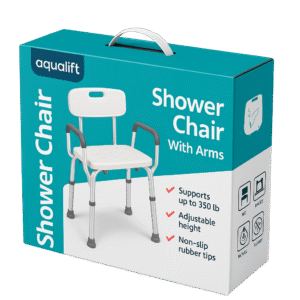
Structural Design Principles for Automation Compatibility
✔ Stick to Clean, Repeatable Formats
RSC and FOL boxes with precision scoring are ideal for case erectors and tapers. Avoid overly intricate die cuts or asymmetrical flaps unless they’re downstream of automation.
✔ Use Consistent Die-Lines and Slot Depths
Maintain tight tolerances on slot depth, flap width, and glue tabs. Variability in cutting leads to misfeeds on erectors or case packers.
✔ Right-Size the Box for Consistency
Boxes should hold contents securely with minimal void fill. Automated packout systems are most efficient when the box requires no manual fitting or adjustment.
✔ Add Automation-Friendly Features
If machine-packing is in use, design inserts or partitions that can be preloaded or nested without human intervention. Consistent entry points and fitment are key.
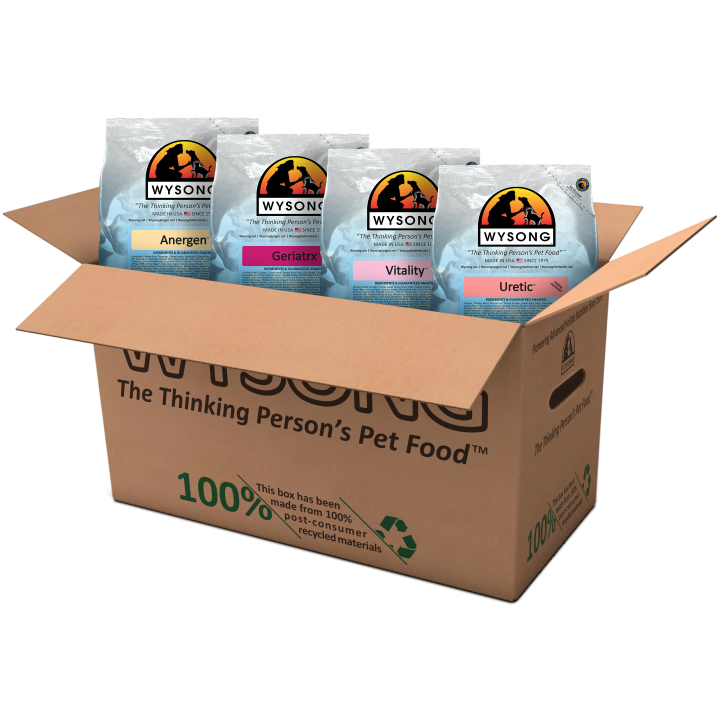
Material Considerations
✔ Choose Higher Rigidity Board Grades
Boards with better stiffness (e.g., 44 ECT or 275#) maintain shape during pick-and-place and resist deformation in automated erecting.
✔ Use Coatings Where Needed
For packaging that passes through friction belts or vacuum suction, a clay-coated or high-slip surface may improve feed reliability.
✔ Avoid Warp
Poor storage conditions or low-quality material lead to box warp, which ruins automation compatibility. Store flat and dry, and use high-quality stock.
Don’t Forget Print Registration
Automation often uses machine vision to scan barcodes or orientation markers. Digital or flexo-printed registration cues must be in consistent locations, with sharp contrast and no ink bleed. Variable data printing can also assist with lot tracking in automated pick-pack systems.
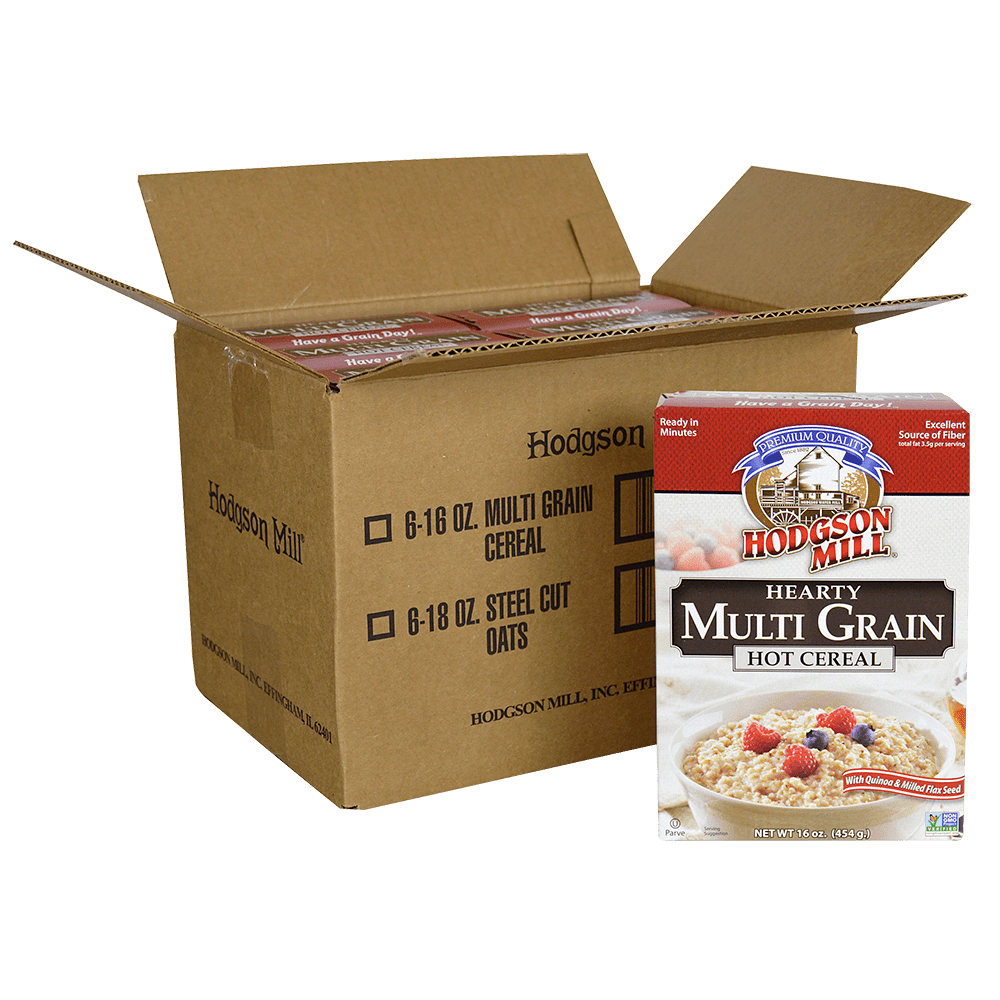
Benefits of Automation-Compatible Corrugated
- Faster throughput with fewer jams or stoppages
- Lower labor costs due to minimal hand correction
- Better reliability in high-speed fulfillment environments
- Scalability when expanding SKUs or entering new distribution channels

Final Thoughts
Corrugated packaging isn’t just a vessel—it’s a mechanical component in an automated system. Brands that optimize their box design, material spec, and print layout for automation reduce errors, increase efficiency, and lower cost per shipment. If you’re designing packaging for automation or reworking a manual process, Brown Packaging can help engineer corrugated solutions that perform in real-world fulfillment lines.
In packaging, foam isn’t just about initial protection — it’s about maintaining performance over the entire shipping or storage cycle. Compression set and recovery characteristics determine whether foam continues to
Pouches are a go-to for flexibility and convenience, but they can fail in critical ways—from poor seals to punctures and delamination—that hurt performance and brand reputation. Understanding these failure points
In the retail environment, the placement of Point of Purchase (POP) displays is just as critical as their design and content. Strategic positioning can significantly influence consumer behavior, increase product
Choosing the right foam density isn’t about “soft” versus “hard” — it’s about controlling shock transmission and matching the foam’s cushioning curve to the product’s fragility. Using the wrong density
Home » How to Engineer Corrugated Packaging for Automation


